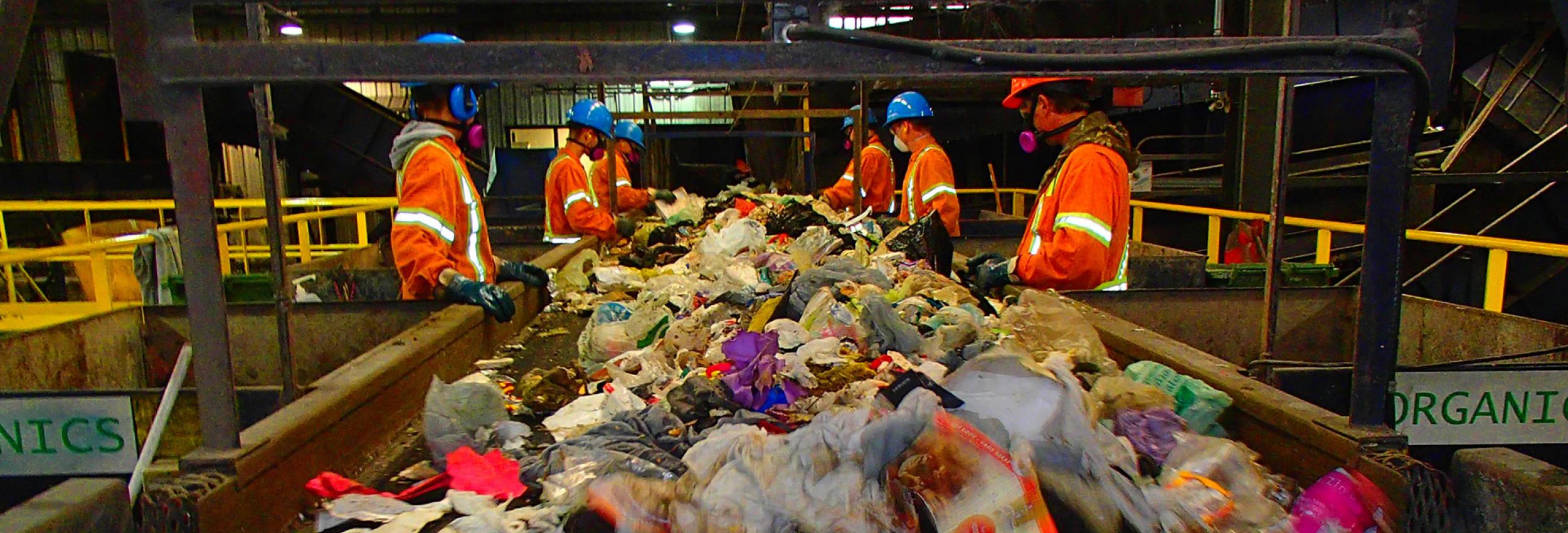Waste Processing
The Otter Lake Waste Processing and Disposal Facility was designed, constructed, and is being operated by Mirror NS on behalf of HRM. The Otter Lake facility plays an integral role in HRM's Integrated Waste/Resource Management Strategy (IWRMS).
While HRM's strategy is based on maximizing the 3Rs (reduce, reuse, recycle), HRM understands that not all the waste generated can be reused or recycled. While the majority of the waste generated is reused or recycled, there is a quantity of waste that must be disposed. Accordingly, the need for a waste disposal facility remains.
However, the IWRMS was clear that the material to be disposed had to meet several important conditions before it was deemed acceptable for disposal. The material must not include:
- recyclable material
- hazardous waste
- organic material that has not been stabilized
In order to meet these objectives, the Otter Lake Waste Processing and Disposal Facility performs three distinct functions in three distant facility units:
- material sorting in the Front-End Processor (FEP)
- organic material stabilizing in the Waste Stabilization Facility (WSF)
- residual material disposal in the Residual Material Disposal cells (RDF)
RDF
- the stabilized organic material and the non-organic waste is disposed in the RDF.
- leachate (liquid) produced by the disposed material is collected and trucked to a waste water treatment facility where it is treated.
- methane gas produced by the disposed material is collected and flared off.
- storm water that is produced from precipitation events is collected in sedimentation ponds and subsequently released to nearby water courses.
**Note: the RDF is built on a cell-by-cell basis. Each cell accepts 2-3 years of disposed material. Mirror is also responsible for the design and construction of the RDF cells.
Weight: 0
